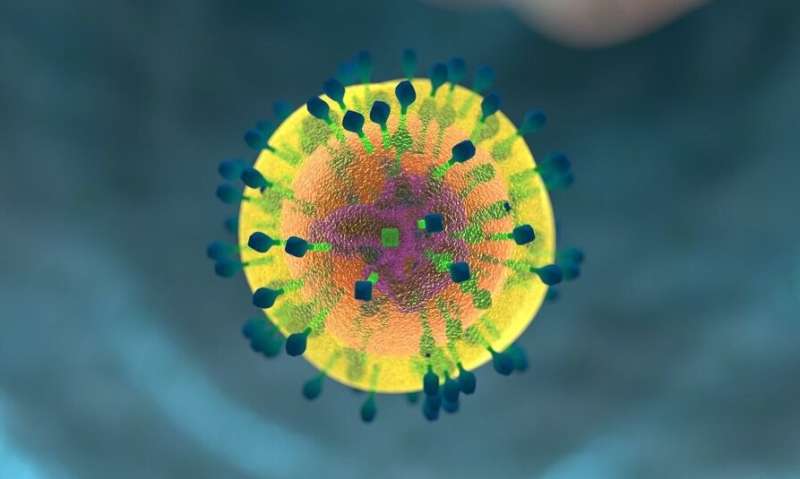renovation complete par ou commencer


Why do cancer immunotherapies work so extraordinarily well in a minority of patients, but fail in so many others? By analyzing the role of neutrophils, immune cells whose presence usually signals treatment failure, scientists from the University of Geneva (UNIGE), from Harvard Medical School, and from Ludwig Cancer Center have discovered that there is not just one type of neutrophil, but several. Depending on certain markers on their surface, these cells can either promote the growth of tumors, or fight them and ensure the success of a treatment. By boosting the appropriate factors, pletal n2 neutrophils could become great agents of anti-tumor immunity and reinforce the effects of current immunotherapies. These results have been published in the journal Cell.
Immunotherapy involves activating immune cells—mainly T cells—to recognize and destroy cancer cells. While this treatment is very efficient for some patients, and sometimes even exceeds expectations, it is unfortunately not the case in most cases. “The reasons for these failures remain largely unknown,” says Mikaël Pittet, full professor at the UNIGE Faculty of Medicine, holder of the ISREC chair in immuno-oncology, director of the Centre for Translational Research in Onco-Hematology and member of the Ludwig Cancer Center, who directed this work. “This is why deciphering the immune components involved is key to develop more advanced treatments and make immunotherapies a real therapeutic revolution.”
Neutrophils are the most abundant immune cells in the blood and are very useful in infections or injuries by being quickly mobilized to the affected area and releasing antimicrobial factors. In the context of cancer, however, their presence is generally bad news as they promote vascularization and tumor progression.
Not one but several types of neutrophil
To understand the exact role of neutrophils in cancer, the scientists observed what happened when mice with lung or colorectal cancer were given anti-tumor treatments. In tumors that responded well to treatments, the number of neutrophils increased significantly.
“This first result was in contradiction with what was known about the role of neutrophils in cancer, pushing us to go further to understand why,” explains Allon Klein, associate professor of systems biology at Harvard Medical School, who co-directed this work. The Genevan and American scientists developed novel experimental protocols to compare successful and unsuccessful cancer treatments, then to analyze individual cells of interest in greater detail.
“We discovered that neutrophils are in fact much more diverse than previously thought. Those we observe in response to immunotherapies are very different from those detected in progressing tumors and carry distinct markers. Furthermore, if we block the response of these particular neutrophils, the benefits of the treatment disappear.” These results are even more surprising as the treatments administered did not directly target neutrophils, uncovering a previously unknown indirect effect.
Therefore, neutrophils do not constitute a homogeneous population but can be pro- or anti-tumor depending on the circumstances. Moreover, anti-tumor neutrophils seem to share with neutrophils fighting bacterial infection or repairing wounds a strong cytotoxic power, i.e., the ability to destroy other cells. Their capacity of generating and releasing molecules right into a tumor could thus be of therapeutic interest.
Favoring the good over the bad
Neutrophils are produced in the bone marrow before circulating in the blood and tissues. “It seems that the fate of pro- or anti-tumor neutrophils is already determined in the bone marrow. Would it then be possible to manipulate them fight tumors? This what we now want to explore,” explains Mikaël Pittet.
These promising results, which demonstrate that neutrophils can be mobilized to fight cancer, open the way to new therapeutic approaches that could make current immunotherapies much more effective.
More information:
A neutrophil response linked to tumor control in immunotherapy, Cell (2023). DOI: 10.1016/j.cell.2023.23.032
Journal information:
Cell
Source: Read Full Article